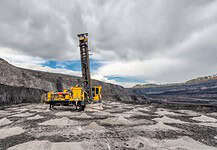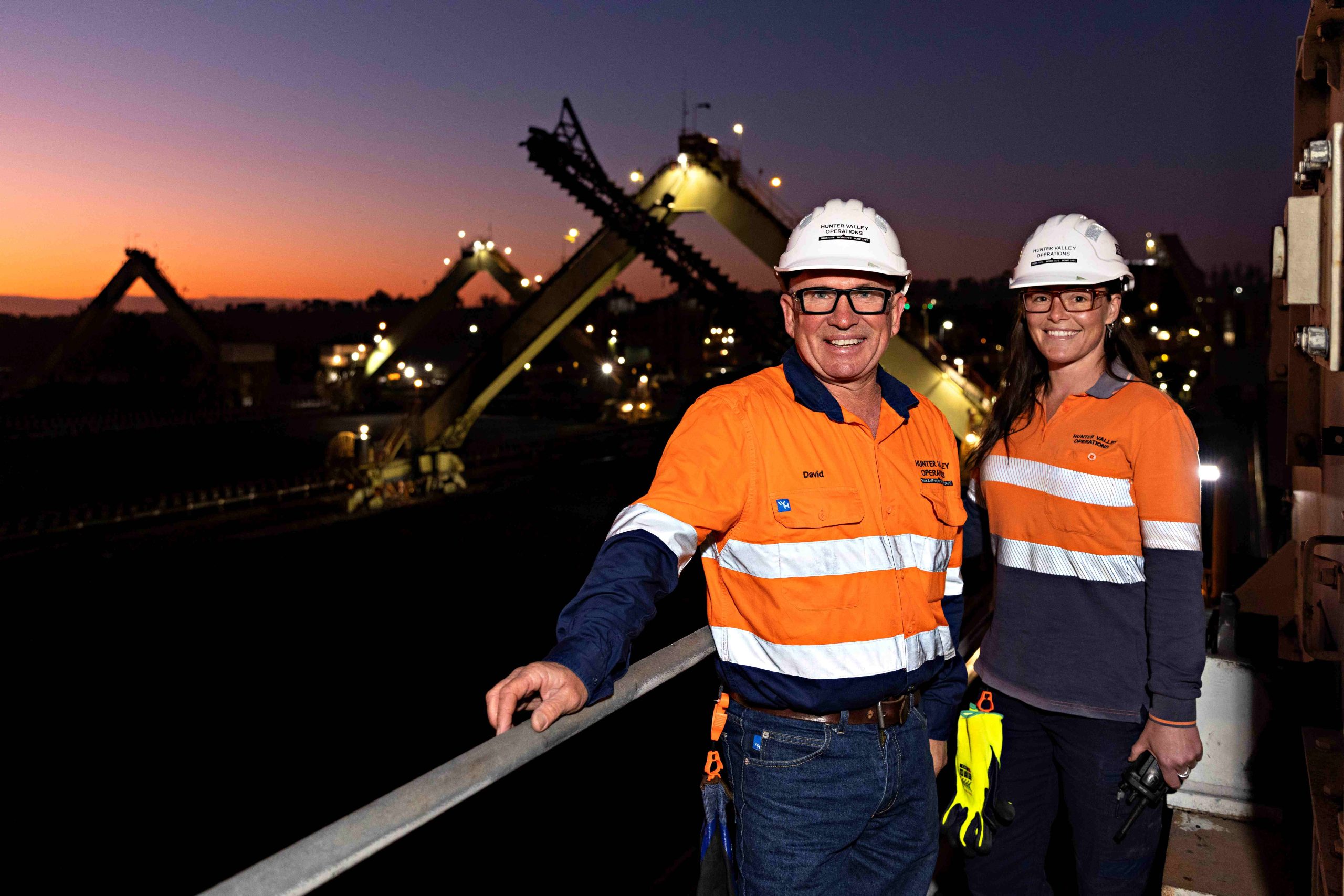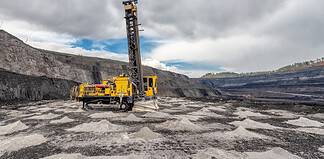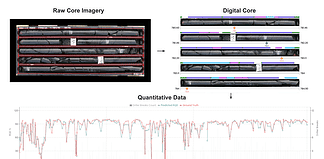Hero of the Hunter Valley
Iconic HVO Seeks to Continue
A VENERABLE coal mine in NSW’s famous Hunter Valley region is in the process of seeking to continue its operations after first commencing operations back in 1949.
Located in the Upper Hunter Valley region of the state, Hunter Valley Operations (HVO) – which is located at Lemington, around 24km north-west of Singleton – is a large open cut mine with two sites: HVO South and HVO North. HVO produces up to 42 million tonnes of high-quality coal to help meet the world’s energy needs.
The mines support around one thousand five hundred jobs and with more than seven hundred suppliers creates thousands of flow-on jobs across the state, while injecting around $500 million dollars each year on goods and services.
Through community grants and mining royalties, HVO facilitates local and state infrastructure and projects that benefit communities and in 2021 the company contributed $862 million in direct economic activity.
Here, the Australian Mining Review looks at the mine’s rich history, speaks to its operator HVO on the current status of operations and looks at the benefits of the sites continuing on through to 2045 and 2050 respectively.
History
HVO first commenced operations in 1949, when the operating arm of the Joint Coal Board and the New South Wales Mining Company started mining leases at Foybrook Open Cut and constructing the Newdell Coal Preparation plant.
By 1972, mining activities at HVO South commenced at Lemington Mine, which at the time was owned by ExxonMobil and in 1977 the underground Buchanan Lemington Mine No.2 at Mount Arthur opened to develop underground reserves.
In 1979 the Hunter Valley No.1 site, which is part of HVO North began mining under Coal & Allied. The company was founded in 1960 before being later purchased by Rio Tinto and unsold later to its current operator.
By 1986, the site’s West pit was supplying coal to both the Bayswater and Liddell power stations in the state, and Hunter Valley No.2 Mine had opened the Chestnut and Riverview pits.
In 1998 a merger of operators in the West pit occurred which formed HVO as it is known today.
By 2004, the North Pit had been integrated into the West Pit Extension and in 2009 multiple infrastructure projects begin to upgrade facilities and operations to wash, process and transport coal.
Today, HVO is an independently managed joint venture between Glencore and Yancoal.
Current Status of Operations
Despite some of the challenges posed in the region last year due to wet weather, the sites continue to operate twenty-four hours, seven days a week and HVO is investing half a billion dollars over five years into new capital equipment to improve productivity and minimise operational impacts on community – part of a $2 billion overall investment in operations.
The investment includes two of the world’s largest excavators – the Liebherr R9800 excavator. These new trucks, excavators, motor graders and dozers are more fuel efficient, have a larger capacity, are quieter and provide better amenity features for its operators than the older fleet.
Late last year the company launched five new partnerships with local charities, with each charity boasting a mining truck painted in its colours to raise awareness to its staff and the community of the services each charity provides.
The charities will receive an annual donation based on the haulage of each truck and other fundraising support through the year.
The charity partnerships program compliments the company’s other community initiatives including grants, workplace giving and other charity support.
HVO general manager Dave Foster, who worked as the sites’ mine operations engineer between 2005 and 2010 and has recently returned in the new role, says that the mine’s apprenticeship scheme saw one of its highest intakes in recent years in 2023.
“We have 12 first-year apprentices this year, which takes our total number of apprentices to 32”, he said.
“Being able to gain an apprenticeship in your local area is important to local people. They can earn money and train without having to leave town or work remotely and HVO is training the next generation of tradespeople for our mine but also for the skills base of the region.”
Mine Continuation
With HVO seeking to continue operations at its legacy sites – effectively mining its existing seams further – it has been buoyed by recent public support, reflected in the overwhelming positive sentiment expressed during the NSW Government’s public exhibition of its Environmental Impact Statement. Of the more than 1500 submissions, more than 90 per cent were supportive of the project.
“There are many social and economic benefits from our proposal and continuing operations will allow us to provide around 1500 ongoing local jobs including apprenticeships,” Foster said.
“There will be 600 construction jobs as we realign infrastructure and of course we will be able to continue to support local suppliers.
In fact, our long-term partnerships with local businesses have allowed them to establish and expand jobs for local people. The businesses we support are not only in mining supply but also in agriculture. One of the seven licensees who farms more than 6,000 ha of rehabilitated and buffer land has used HVO land to build up his business from scratch over two decades” he added.
Foster says there will be little change to the scale or intensity of mining and no increase to currently approved production rates.
HVO North is currently approved to operate until 2025 and HVO South until 2030 and the exhibition of the EIS is one of the nascent steps that need to be undertaken in seeking approval from both the NSW and Australian governments for the sites to continue.








































